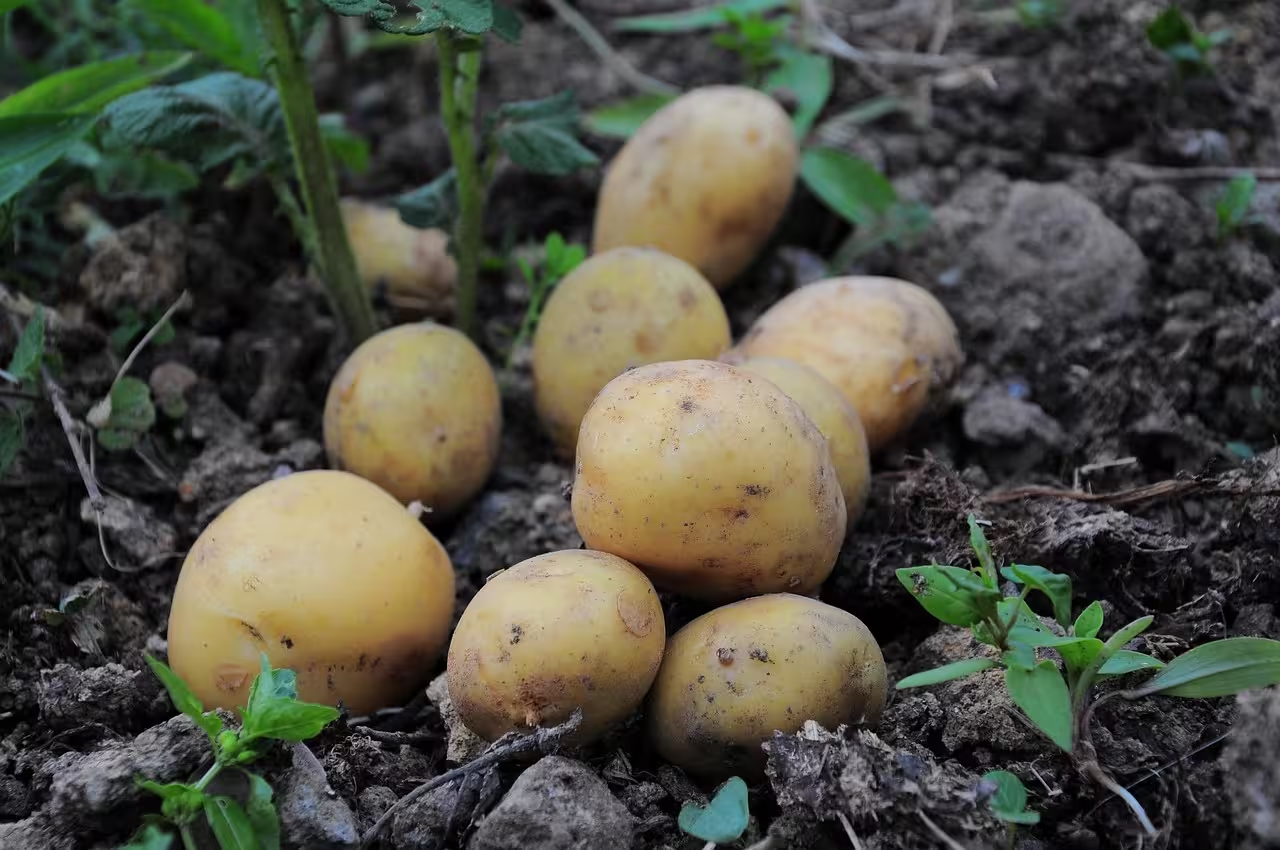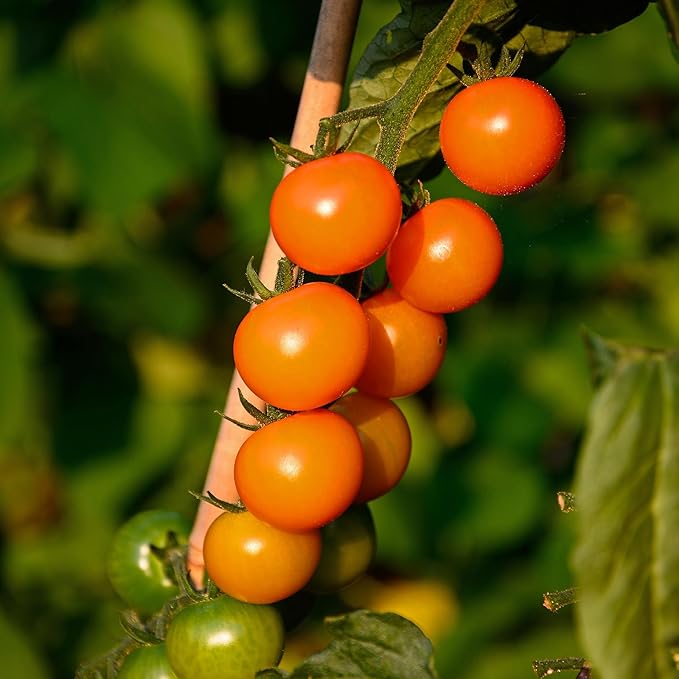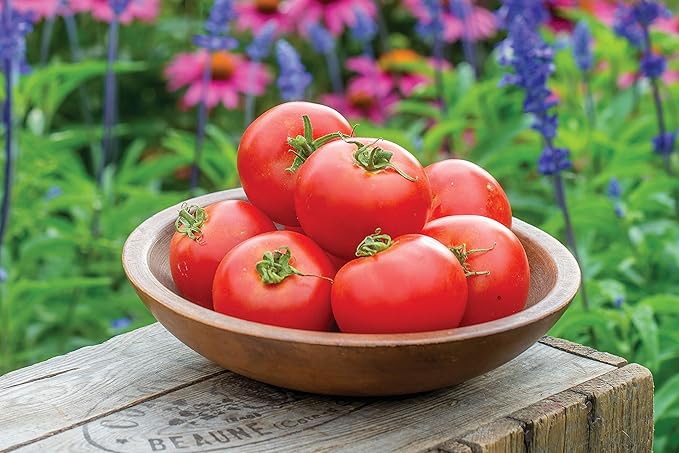Tomato
Solanum lycopersicum
Tomatoes are a warm-season favourite, prized for their juicy, flavourful fruits that elevate home cooking, fresh salads, and rich sauces. From tiny cherry tomatoes to huge beefsteaks, these versatile plants offer something for every gardener. Growing your own tomatoes gives the pleasure of harvesting sun-ripened, home-grown goodness straight from your garden, packed with taste you can’t find in the shops.

Quick Information
Planting Calendar
Growing Guide for
1 Start Your Tomato Seeds Indoors
Begin growing tomatoes by sowing seeds in small containers filled with seed-starting compost, burying them 6mm deep. Maintain consistent moisture and a warm temperature (21-24°C) for optimal germination.
2 Harden Off Tomato Seedlings
Prepare your tomato seedlings for outdoor life by gradually exposing them to natural conditions. Set them in a sheltered, sunny spot, extending their time outside each day.
3 Transplant Tomato Seedlings Outdoors
Move your hardened-off seedlings into nutrient-rich, well-prepared soil, spacing them based on the variety’s needs. Water generously after planting to settle the roots.
4 Support Vine Tomato Plants
Keep vine tomatoes upright by using cages or stakes, preventing stems from sprawling or snapping under heavy fruit.
5 Pinch Out Tomato Side Shoots
Boost vine tomato health and fruit yield by regularly removing small side shoots sprouting from the leaf joints. This focuses energy on the main plant.
6 Fertilise Tomato Plants Regularly
Feed your tomatoes with a balanced liquid fertiliser every 7-10 days to supply vital nutrients, ensuring vigorous growth and plentiful fruit.
7 Water Tomato Plants Consistently
Deliver deep, regular watering to keep tomato plants thriving, particularly during dry weather. Avoid overhead watering to reduce disease risk.
8 Harvest Ripe Tomatoes
Pick tomatoes when they’re fully ripened, displaying their rich colour and ideal firmness. Gently twist or snip them from the vine to avoid damage.
Companion Planting Guide
Good Companions

Lettuce
Use lettuce as a cover crop to suppress weeds and maintain soil moisture.
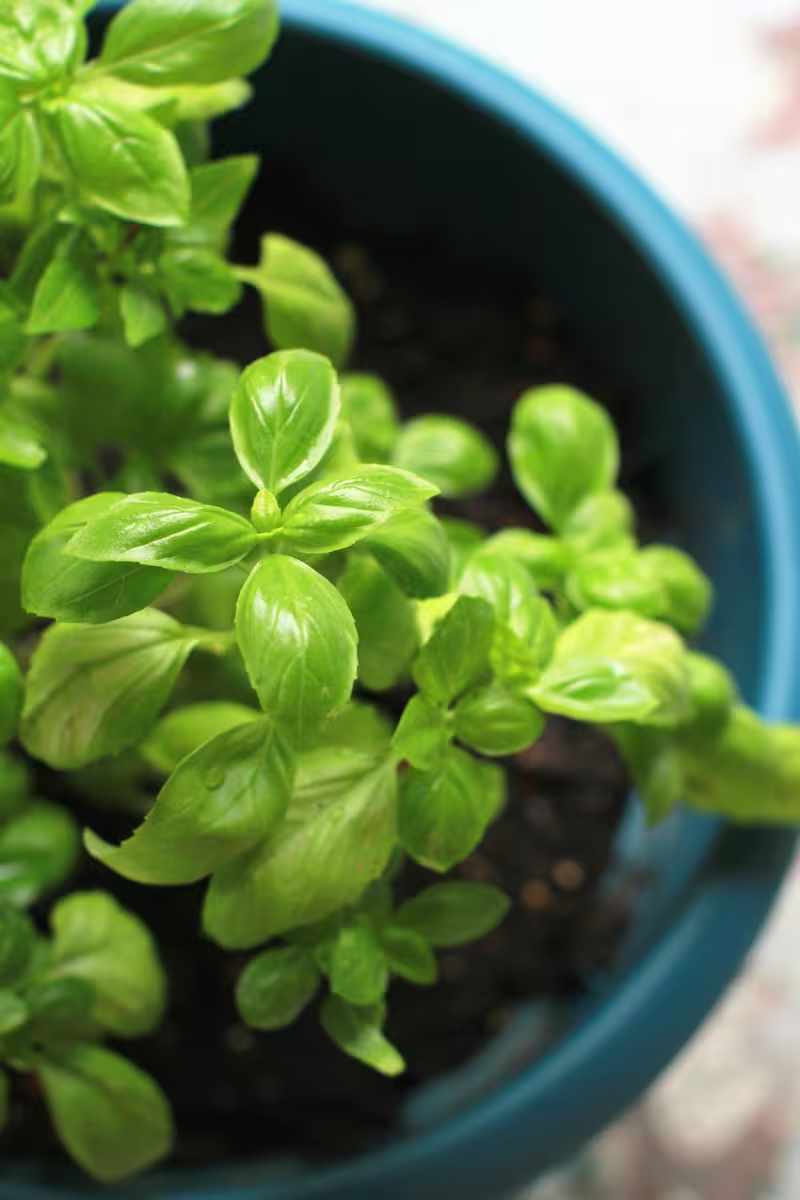
Basil
Basil makes a fantastic companion for tomatoes, offering natural pest protection and boosting garden success. Its potent scent repels troublesome pests such as aphids, whiteflies, and hornworms, while also attracting essential pollinators like bees to aid tomato growth. Many UK gardeners swear by basil’s ability to enhance tomato flavour and promote healthier plants by lowering disease risks. Plus, basil’s compact size means it thrives alongside tomatoes without battling for nutrients. Whether you’re new to growing your own food or a seasoned expert, planting basil near tomatoes is a time-tested trick for a more productive, pest-free veg patch.
Why Companion Planting Matters
Companion planting can help deter pests, improve pollination, enhance growth, and maximize garden space. Some plants release chemicals that repel pests or attract beneficial insects, while others can improve soil quality or provide shade for sensitive plants.
Suggested Varieties
Some links may be affiliate links, meaning we earn a commission at no extra cost to you. This helps support When to Plant.Explore More Plants
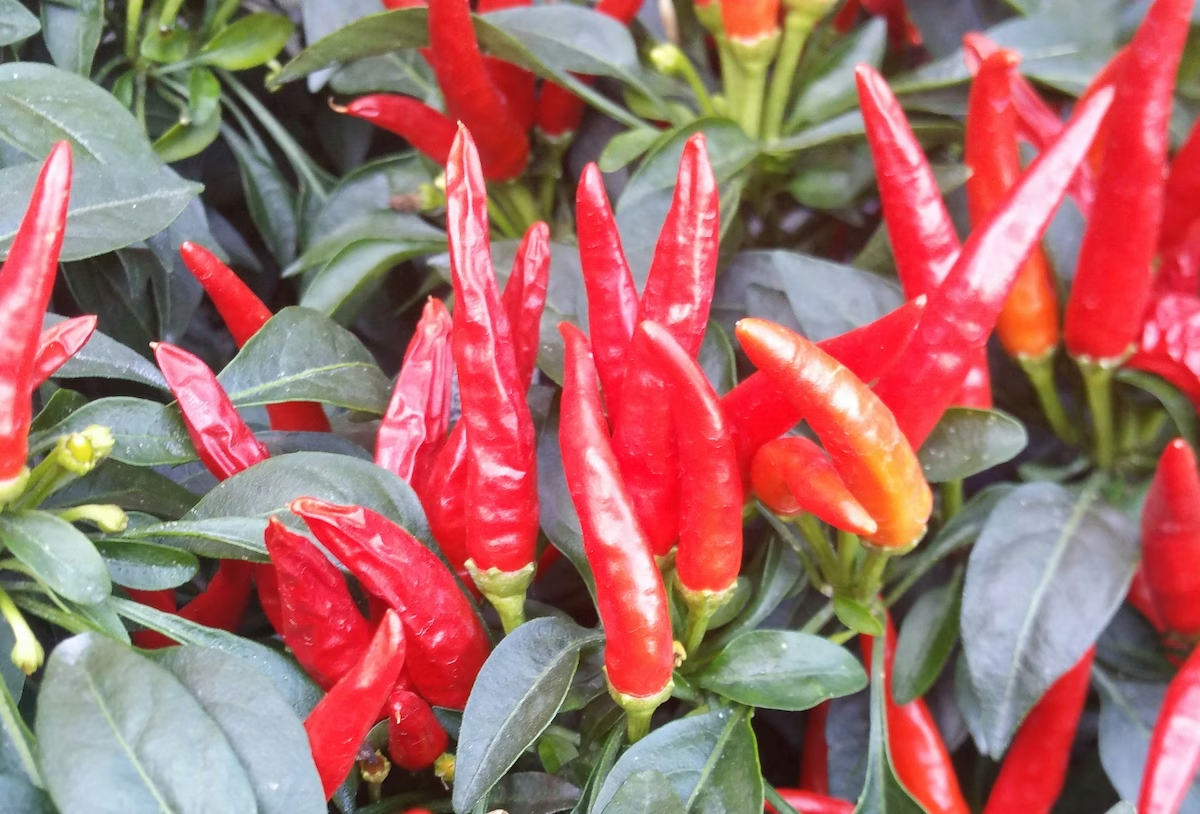
Chilli Pepper Fruit
Chilli peppers are the fiery fruits of the Capsicum family, known for their intense heat and use in various cuisines. They range in size, shape, and spiciness, adding a kick to dishes worldwide. They thrive in warm climates and require careful cultivation.

Sweet Pepper Fruit
Sweet peppers, also known as bell peppers, are a variety of Capsicum annuum prized for their large, mild-flavored fruits. They are used in a wide range of culinary applications, from salads and stir-fries to stuffed peppers and sauces. They require warm conditions and plenty of sunshine to thrive.
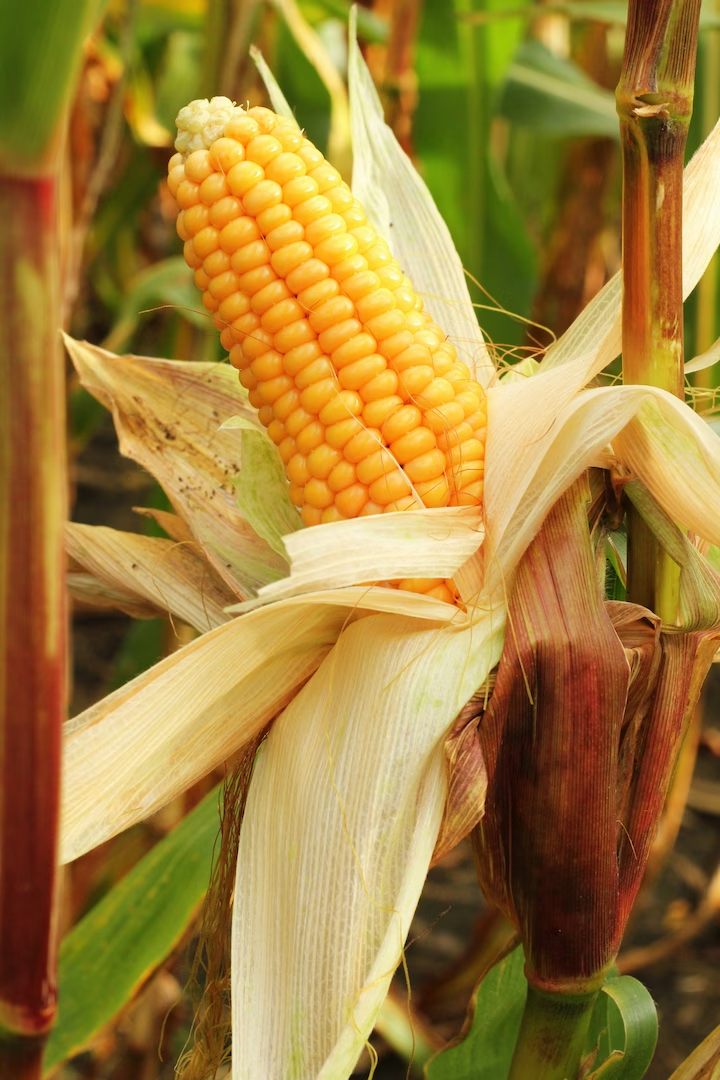
Sweetcorn Vegetable
Sweetcorn is a tall, annual grass cultivated for its edible kernels. It thrives in sunny locations with fertile soil and is best eaten fresh. The cobs can be grilled, boiled, or roasted, and the kernels used in various culinary dishes.
